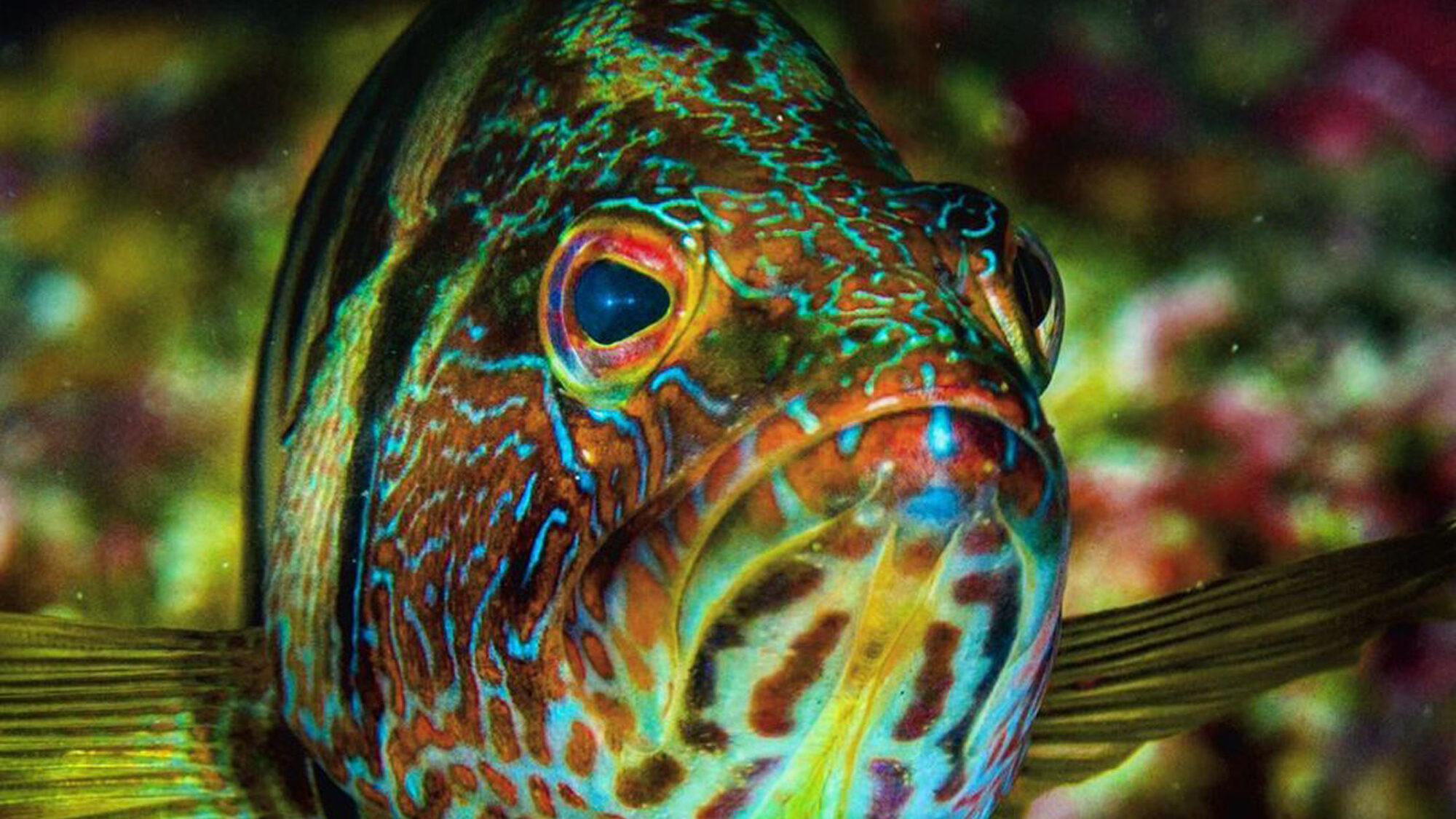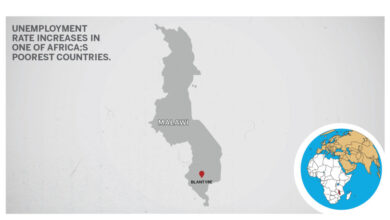

A Spanish photographer has recently joined the battle against climate change and man-made pollutants that impact the earth’s oceans and seas.
Toni Bertran is determined to capture colorful and fascinating sea creatures to remind humanity to do more to protect the natural world.
“We still know surprisingly little about this watery realm — so far, only 5 percent of our oceans have been explored. What we do know is that life under the waves is as rich, varied and fascinating as life on land,“ says Fauna & Flora International (FFI) — the world’s oldest international wildlife conservation organization.
Toni Bertran said he had been a passionate diver and photographer since childhood. He was shocked about the degradation of the marine environment.
Some 80 percent of global marine pollution comes from agriculture runoff, untreated sewage, discharge of nutrients and pesticides, according to UNESCO.
“I wanted to create an account where those characters have some kind of voice, something to tell us to maybe change the situation,” he said.
“That is the reason I like portraits the most — people can see facial expressions in marine animals just as in humans. And it is always easier to persuade people to care and get involved in preserving something they can feel empathy for, something that they can come to love.”



The diver and photographer, who lives in Barcelona, said a major inspiration for his pictures was the French diver and environmentalist Jacques Cousteau, because of the intense love he had for marine life.
Other artists also influenced his work.
“I love [Michelangelo Merisi da] Caravaggio or Jusepe de Ribera’s paintings, so I think I tried to get those contrasted images and black backgrounds because of this.“
“And the rest of the photographers I love have the same patterns of light. In nature photography, I really love Tim Flach; his portraits are the best and a great inspiration. And in underwater photography, my great reference is Steven Kovacs — those aliens creatures are simply extraordinary.“
Bertran said he had been engaged in a new project. He kick-started a film about ocean fauna and the impact of climate change on the world’s marine ecosystems together with his colleague, executive producer Irene Caparrós.

The Spanish photographer also said the project has proved challenging, especially in finding particular marine life.
“My process has been only to enjoy what I was doing. I used to dive in our coasts in the Mediterranean Sea, which it’s not a place where you can find a big variety of life. For instance, it is not allowed to dive with big cetaceans here unless you have the government permission in order to assure their protection,” he said.
“So, you have to learn where you can find your subjects, especially the tiny ones. You have to know where they live or how and what they feed on or where they reproduce to know where you could take the best pictures of them.“

Bertran said work was more complex than he initially thought, and he needed some of his well-versed friends in marine ecosystems and underwater photography.
“I have to admit I’m not really as good as I’d like to be [in finding them], so I have some friends like Albert Colomé, David Ballesteros, Antuan Puertas and Manuel Armenteros who show it to me and I only have to take the pictures.”
Bertran says he considers himself a seaman. He mostly seeks out his subjects in relatively shallow waters, around 49 to 65 feet, and the size of his subjects means he rarely encounters anything excessively dangerous.



“I guess my most complicated situation was when I lost my group in a shore dive, and there wasn’t an easy way out, rocks everywhere, so I had to get out of the bay using a private ladder that led me to a house.”
Bertran said his favorite of all sea creatures are the killer whales.
“They are beautiful and very clever. It’s my dream to dive with some of them and take thousands of pictures.”



His new documentary also involves advanced underwater equipment and financial support. “Part of my equipment right now is a Nauticam housing for Sony A7RII and two strobes, Inon z330, and for angular or fisheye a Canon 8-15mm and Sony 16-35 mm.
“The documentary is different; it will be a long journey. It’s like a big puzzle, where sponsors and administrations have a crucial role to play.”
Edited by Angie Ivan and Fern Siegel
The post Sea Them While You Can: Photographer’s Tribute To Vanishing Ocean Habitats appeared first on Zenger News.




